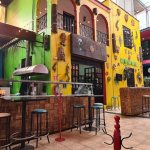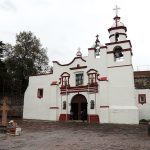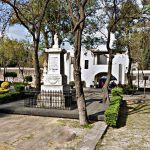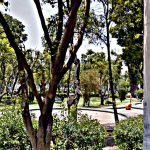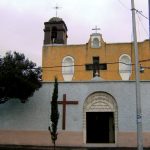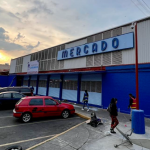El Centro Cultural José María Fernández Unsáin es la sede principal de la Sociedad General de Escritores de México (SOGEM). Con tres pequeños teatros en sus instalaciones, la SOGEM casi constituye un distrito teatral de Churubusco dentro de sus propios edificios históricos en San Mateo Churubsuco.
- La Sociedad General de Escritores Mexicanos es una asociación de escritores mexicanos centrada principalmente en la protección de los derechos de autor y la propiedad intelectual de quienes se inscriben en la Sociedad. Esta organización mexicana, que forma parte de la Confederación Internacional de Sociedades de Autores y Compositores, también gestiona la escuela de escritura creativa más antigua del país, la aclamada Escuela de Escritores.
- José María Fernández Unsáin (1918- 1997) fue un director de cine, guionista y dramaturgo argentino. Abandonó Argentina, donde estaba bien establecido, tras la Revolución Libertadora de 1955. En 1958 fijó su residencia permanente en México, donde trabajó en cientos de guiones y películas durante la siguiente década y media. En 1976 se convirtió en presidente de la recién creada SOGEM, que presidió hasta su muerte en 1997.
- El Centro Cultural y los tres espacios escénicos se ubican en los restos de la casa de finales del siglo XIX del poeta y escritor José Juan Tablada (1871-1945). Tablada fue un poeta, crítico de arte y diplomático que defendió la cultura mexicana durante toda su vida. También fue un influyente orientalista, conocido por sus primeros trabajos sobre el haiku.
- No deja de ser irónico que Seki Sano dirigiera aquí el Teatro Club Coyoacán en la década de 1950. Para entonces, un tal Dr. Arce había venido a construir aquí un teatro con material recuperado de casas demolidas en la Colonia Juárez. Es probable que al menos algunas de ellas resultaran dañadas durante la Revolución Mexicana.
- Seki Sano (1905-1966) fue un director de teatro muy influyente y radical que se había formado en Moscú con Konstantin Stanislavski. El sistema de formación de actores del director de teatro soviético fue importado por Seki Sano, que ganaría premios al “Director del Año” en múltiples ocasiones a lo largo de su carrera en México.
- El Teatro Enrique Lizalde, histórico y maravillosamente complejo, tiene capacidad para 160 espectadores. Su nombre rinde homenaje a Enrique Lizalde Chávez (1937-2013), actor que actuó en teatro, cine y televisión desde los años sesenta hasta después del año 2000.
- El Foro Rodolfo Usigli tiene un aforo de 170 butacas en el estilo Corral de comedias, una variación del escenario shakespeariano/isabelino. Debe su nombre a Rodolfo Usigli (1905-1979). Usigli fue un dramaturgo, ensayista y diplomático al que se ha llamado el “padre del teatro mexicano”. Seki Sano dirigió aquí Corona de sombra, de Usigli, en 1951.
- La SOGEM también gestiona la Sala Víctor Hugo Rascón Banda, de 50 butacas, que lleva el nombre del dramaturgo chihuahuense (1948-2008).
Las tres salas gozan de un considerable apoyo del público de Ciudad de México. La oferta actual parece superar a la de la época anterior a la televisión. La SOGEM también comparte espacio con la nueva escuela de cine (Arte7), que complementa la considerable trayectoria de la Escuela de Escritores.
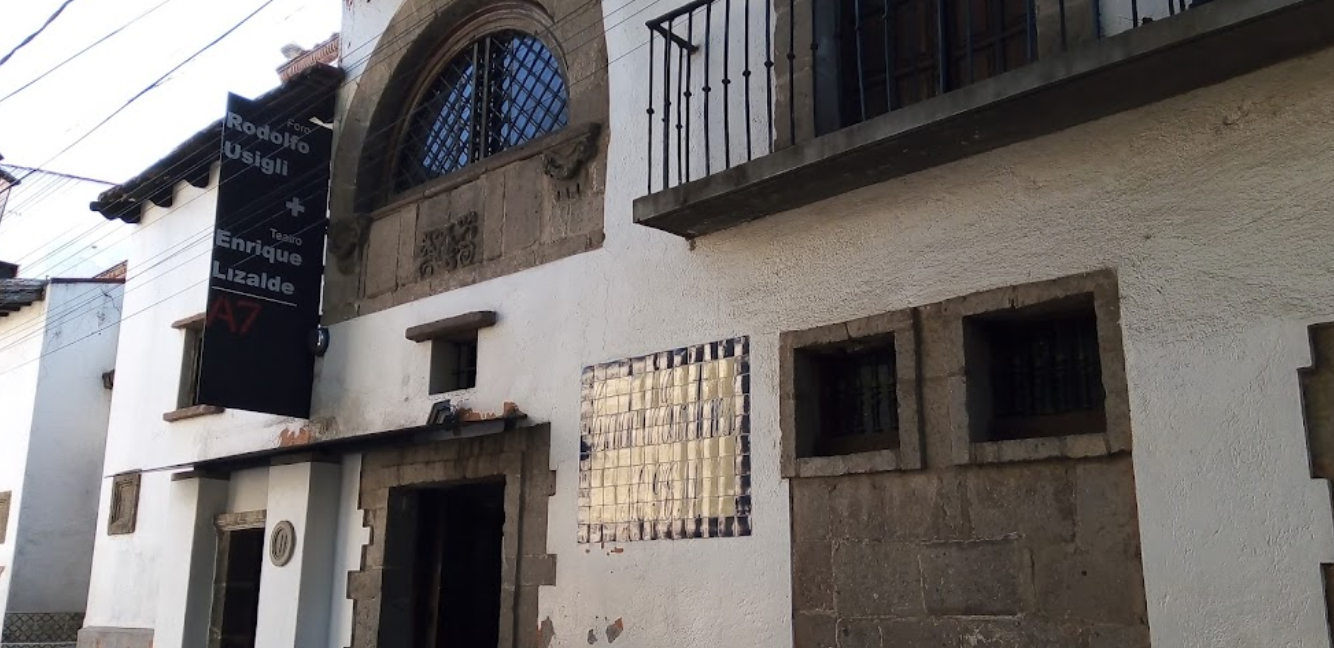
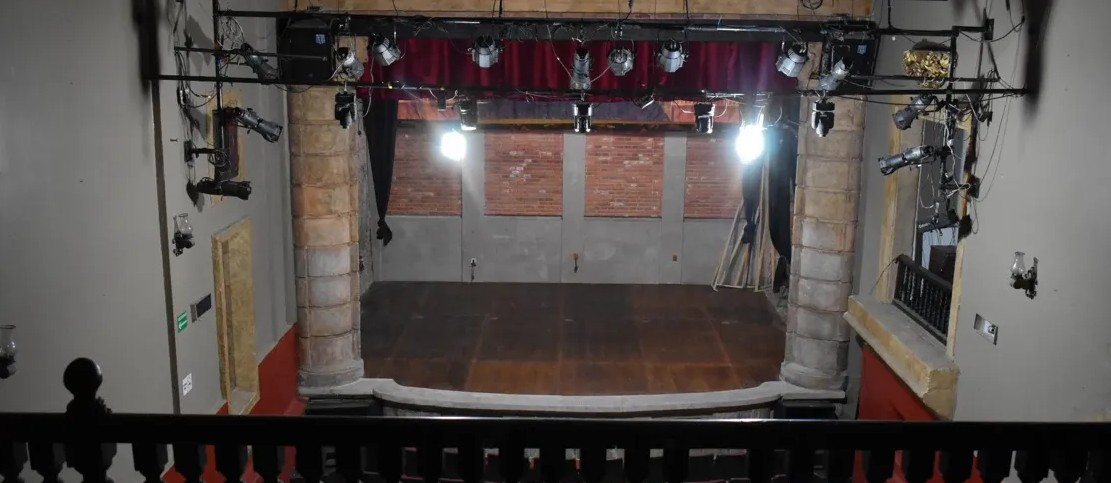
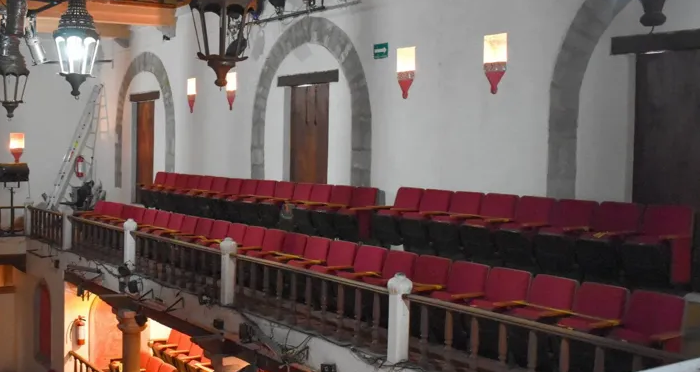
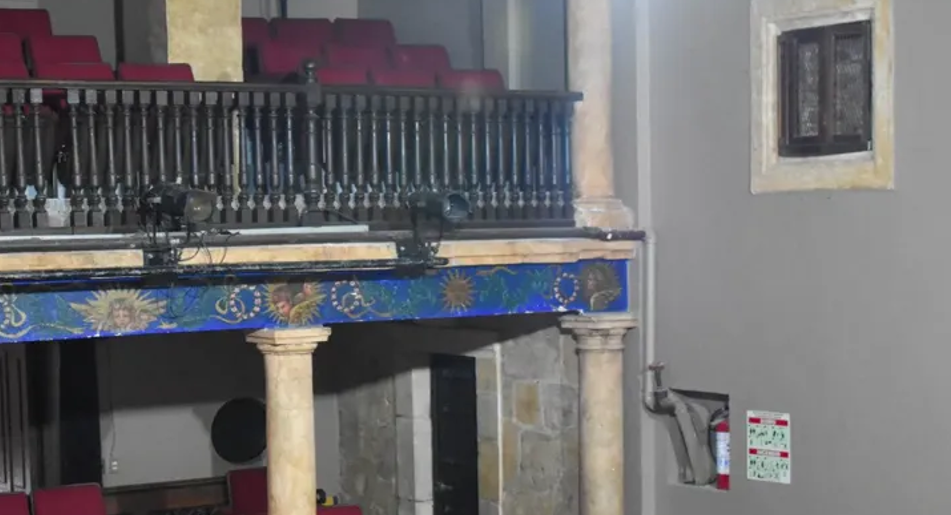
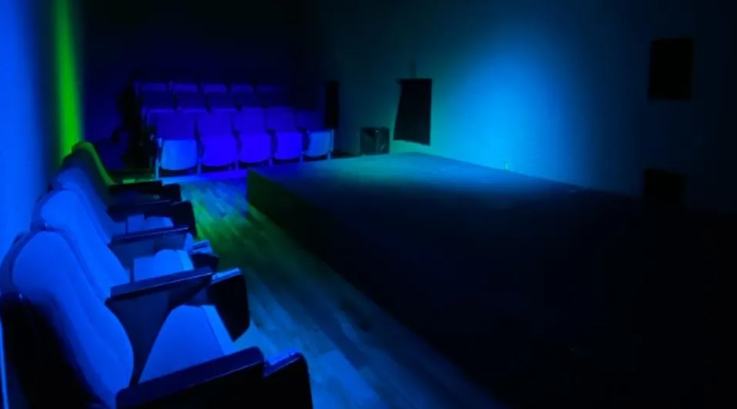
 https://www.sogem.org/
https://www.sogem.org/
